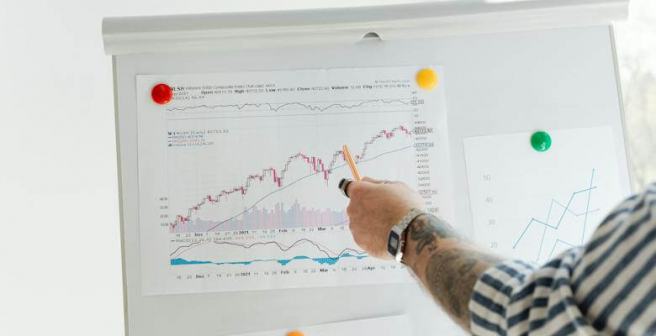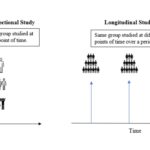ANOVA Testing in Statistics: Definition, Types, and Examples

Analyzing and interpreting statistical data can feel overwhelming, and tests like the analysis of variance (ANOVA) and t-tests often come in handy. Here’s a succinct guide on using ANOVA tests for your research data analysis.
What is ANOVA Test?
ANOVA, short for ANalysis Of VAriance, is used to examine the difference between the mean values of multiple groups of data. ANOVA testing evaluates the overall variance within and between groups rather than testing individual differences. This test is commonly used in the fields of biomedical sciences, education, and market research, among others.
ANOVA vs t-Test
If both ANOVA and t-tests aid in data analysis, which should you choose? Well, it depends on the number of groups being analyzed.
When to Use t-Test
Use a t-test when you are dealing with only two groups of data. You can use it for paired testing (the same group is compared at separate times) or independent testing (two distinct groups are compared).
Examples of t-Test
Example 1: Say you wish to analyze the outcome in two groups of patients, with one group being administered a new drug that is tested and the other being considered the placebo (control) group. In this case, a t-test would suffice.
Example 2: If you want to analyze the results of a math exam scored by students based on two types of teaching methods—recorded video courses vs classroom teaching—you can use the t-test analysis.
When to Use ANOVA Test
ANOVA testing is used when there are three or more groups of data to be analyzed.
For instance, if three types of teaching methods—recorded video courses, classroom teaching, and online classes—are considered to examine student performance and their corresponding exam scores, an ANOVA test should be used.
ANOVA Assumptions
Assumptions are crucial for statistical tests to ensure the validity of results. Here are the major assumptions of ANOVA tests.
1. Independence of observations:
All data points observed in the groups must be independent of each other. For instance, in the above example, the exam scores obtained for one teaching method should not influence the scores determined using the other two teaching methods.
2. Normal distribution of variables:
The data (the dependent variables) within each group must follow a normal distribution. In the above example, the exam scores recorded for each teaching method (recorded video courses, classroom teaching, and online classes) should ideally by normally distributed.
3. Homogeneity of variance:
The variances within each group should be similar. If they are not nearly equal, ANOVA is probably not the best suited test for your data.
For instance, the variability of exam scores corresponding to each teaching method in the above example is assumed to be almost the same.
Types of ANOVA Testing: Difference Between One-way and Two-way ANOVA Tests
Depending on your study design, you will have to use the most suitable ANOVA test for your data. Below are the commonly used ANOVA testing methods along with examples.
One-way ANOVA Test
Here, the means of three of more groups are compared based on a single independent variable. You can use this test to determine if there are any significant differences between the averages of the groups.
Example: Let “teaching method” be the independent variable categorized into recorded video courses, classroom teaching, and online classes. Your research objective is to determine if there is a significant difference in the dependent variable (exam scores).
Independent variable: Teaching method (recorded video courses/classroom teaching/online classes).
Dependent variable: Exam scores.
Analysis: The one-way ANOVA testing helps determine if the exam scores vary significantly from each other when students learn through three different modes. The results can aid in identifying the best teaching method to be adopted in schools.
Two-way ANOVA Test
A two-way ANOVA test is used to compare the means of three or more groups by considering two independent variables.
Example: You can use “gender” and “age” as independent variables to investigate the effect of a new weight loss drug (dependent variable) in the market.
Independent variables: Gender (male/female) and age (young/middle-aged/elderly).
Dependent variable: Amount of weight lost (pounds or kilograms) after using the drug.
Analysis: The two-way ANOVA tests whether a significant difference exists in the amount of weight lost considering the various levels of gender and age independently. Furthermore, you can evaluate if the two independent variables together influence the outcome: for instance, the drug may be less effective in elderly women than in younger men.









